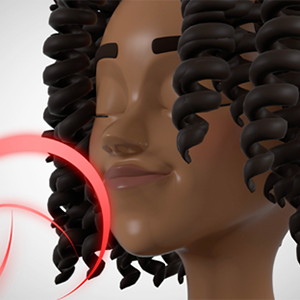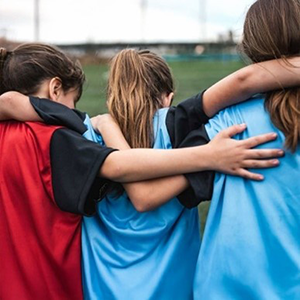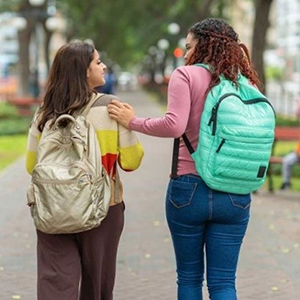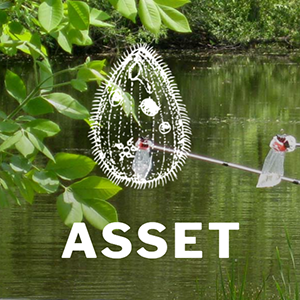
Advancing Secondary Science Education through Tetrahymena (ASSET)
ASSET provides education materials that stimulate hands-on, inquiry-based learning of biology. Each lab module features living Tetrahymena, a single-celled protozoan that’s safe and easy to grow and work with. Students cultivate samples of this organism in lab exercises to learn about topics such as chemotaxis, microevolution, organelle growth and regeneration, and effects of vaping. Downloadable teacher guides and student activity sheets are also available.
Grades: Elementary through high school
Produced by: Cornell University (SEPA funded)
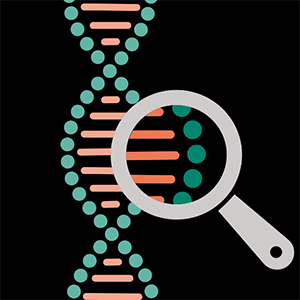
Biomedical Beat Educator's Corner: Genetics Miniseries
This Biomedical Beat miniseries explores the field of genetics—from how people inherit genes to how researchers study them. Students learn about different parts of genetics by reading the blog posts and discussing, applying, and quizzing what they learn through the activities outlined in the Educator’s Corner.
Grades: High school
Produced by: National Institute of General Medical Sciences
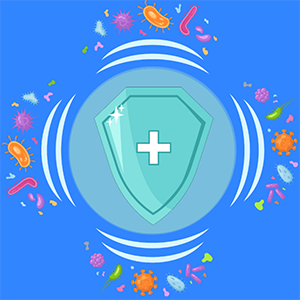
Biomedical Beat Educator's Corner: Immunology Miniseries
This Biomedical Beat miniseries explores the immune system, which protects the body from microbes that could cause infection. Students learn about different areas of immunology by reading the blog posts and discussing, applying, and quizzing what they learn through the activities outlined in the Educator’s Corner.
Grades: High school
Produced by: National Institute of General Medical Sciences

Biomedical Engineering Adapted for Middle Schoolers (BEAMS) Lesson Plans
These lesson plans for middle school provide students with hands-on activities that focus on biomedical engineering approaches to address health care problems. Lesson topics include nanoparticles for drug delivery, DNA and gene editing, surgical robots, and biomaterials.
Grades: 6-8
Produced by: National Institute of Biomedical Imaging and Bioengineering
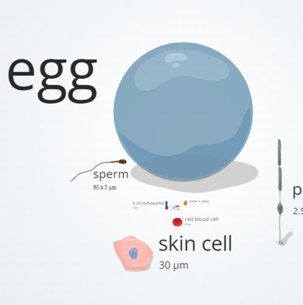
Cell Size and Scale
This interactive from Learn.Genetics helps put the size of many biological structures in context. Students can zoom in from the scale of a coffee bean all the way down to a carbon atom. Along the way, they also see bacteria, a range of human cells, a chromosome, a flu virus, and more.
Grades: Middle and high school
Produced by: Genetic Science Learning Center, University of Utah (SEPA funded)
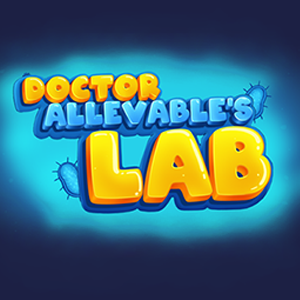
Dr. Allevable’s Lab
This mobile app for iOS and Android devices provides games that explore topics related to regenerative medicine. Students become super scientists who learn about topics such as stem cells, growth factors, and regenerative medicine technologies.
Students can also check out Dr. Allevable's laboratory and meet her friend Regenerobot in animated videos.
Grades: 5-9
Produced by: The Partnership in Education, Duquesne University (SEPA funded)
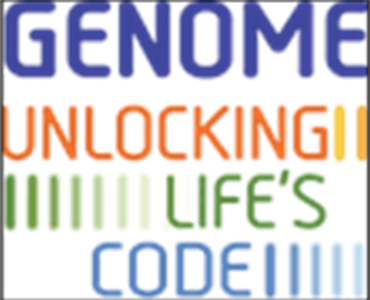
Genome: Unlocking Life's Code
This website focuses on genomics and its impact on people’s lives. It provides a resource library useful to students and educators containing lesson plans, interactives, animations, student-written articles, and more. This website was developed to support the Genome: Unlocking Life’s Code exhibition, a collaboration between the National Human Genome Research Institute and the Smithsonian National Museum of Natural History.
Grades: 9-12
Produced by: National Human Genome Research Institute
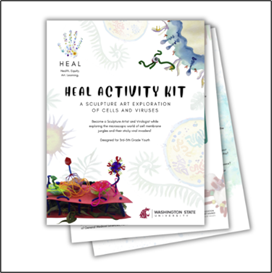
HEAL (Health. Equity. Art. Learning.)
HEAL creates and implements educational programs that use the arts to teach children, their families, and communities about health sciences. The project provides an activity kit using sculpture art to explore cells and viruses. It also offers care and COVID curriculum, which integrates photography and STEM activities to address protection from COVID-19.
Grades: 3-5
Produced by: Washington State University (SEPA funded)
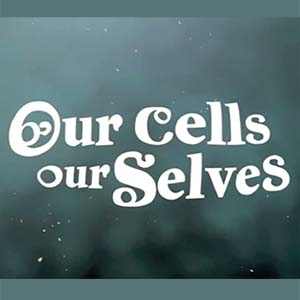
Our Cells, Our Selves
Travel along on a richly animated, dreamy bedtime story and explore the wonders of the immune system through the eyes of a 7-year-old who has just been diagnosed with type 1 juvenile diabetes. See other immune system curriculum from The Partnership in Education.
Grades: 5-8
Produced by: The Partnership in Education, Duquesne University (SEPA funded)
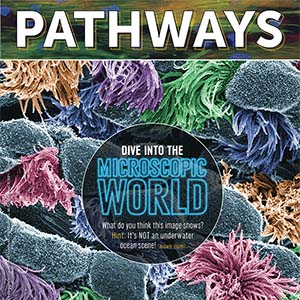
Pathways: Imaging
The imaging unit of Pathways highlights imaging tools that scientists use to peer into the microscopic world of cells and molecules. It helps students uncover how these techniques can aid researchers in learning about the body’s normal and abnormal processes and lead to more effective, targeted treatments for illness. Pathways provides a collection of free educational resources about basic biomedical science and research careers. Be sure to check out the Kahoot! quiz.
Grades: Middle and high school
Produced by: National Institute of General Medical Sciences and Scholastic, Inc.
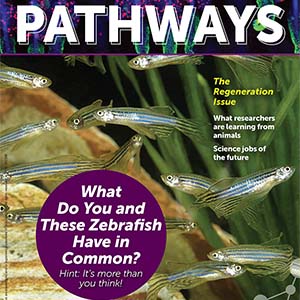
Pathways: Regeneration
The regeneration unit of Pathways introduces students to the amazing world of regeneration research, ways it can improve people’s health, and the inspiring scientists who work in this fascinating field. Pathways provides a collection of free educational resources about basic biomedical science and research careers. Be sure to check out the corresponding Kahoot! quiz.
Grades: Middle and high school
Produced by: National Institute of General Medical Sciences and Scholastic, Inc.
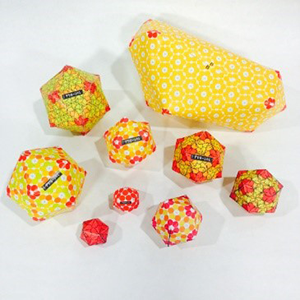
Protein Data Bank (PDB)-101 Origami Paper Models
With this resource, students can create origami models of viruses, DNA, and more. Download and print templates with instructions for cutting and assembling are provided. Many models—such as antibody, DNA (instructions also available in Spanish), GFP, HIV capsid, insulin, and tRNA—include related videos and/or activities.
Grades: High school
Produced by: Research Collaboratory for Structural Bioinformatics (RCSB) (NIH funded)
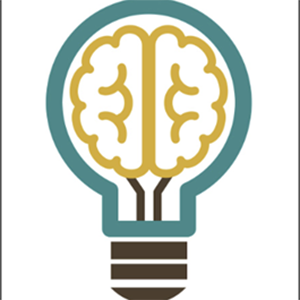
The Partnership in Education: Materials and Resources
The Partnership in Education is a program that creates innovative, hands-on educational products that make science engaging and fun for teachers, students, and learners of all ages. Topics range from the scientific method and evolution to the science of sleep and regenerative medicine. Materials and resources include videos, games, student readings, and curriculum.
Grades: Elementary through high school
Produced by: Duquesne University (SEPA funded)
